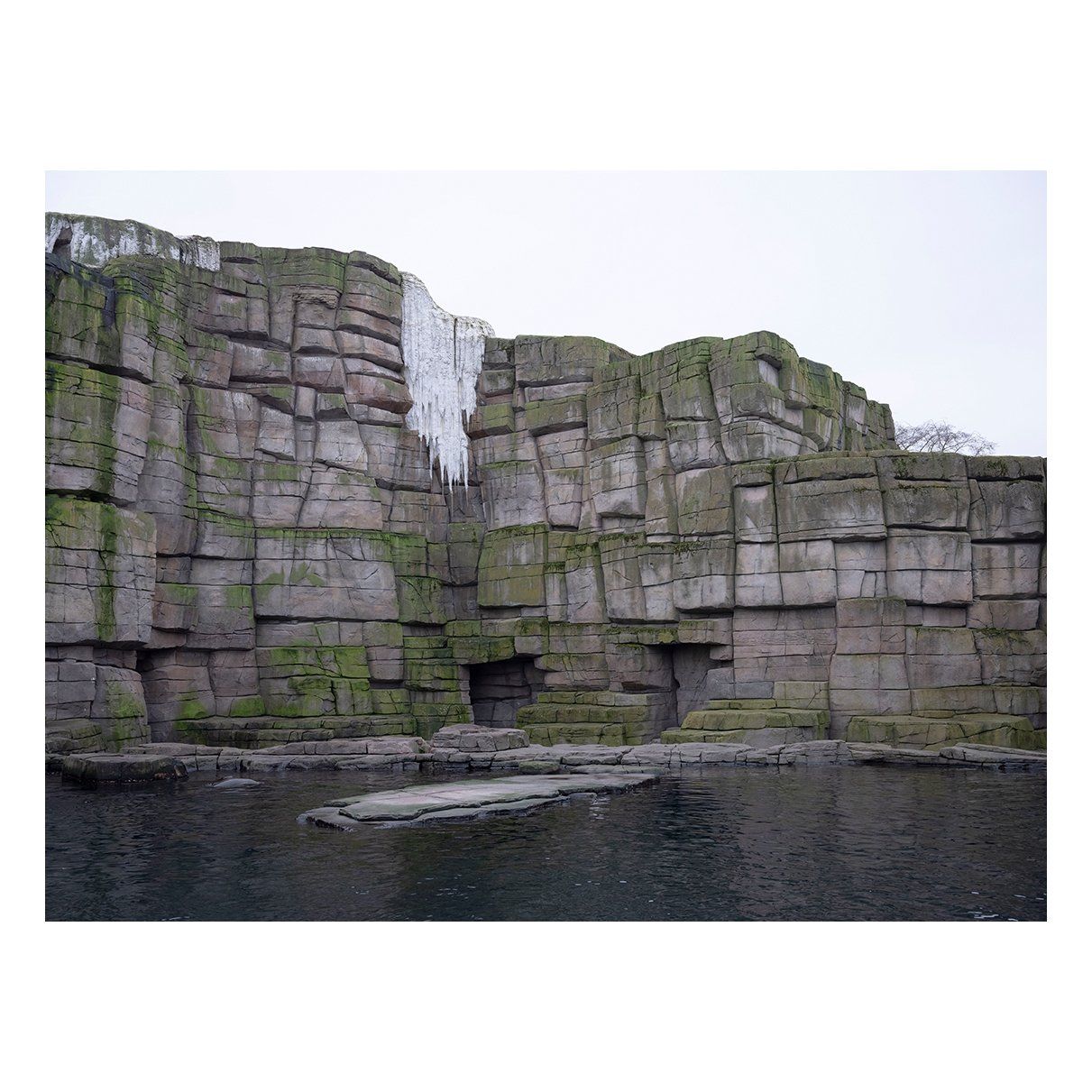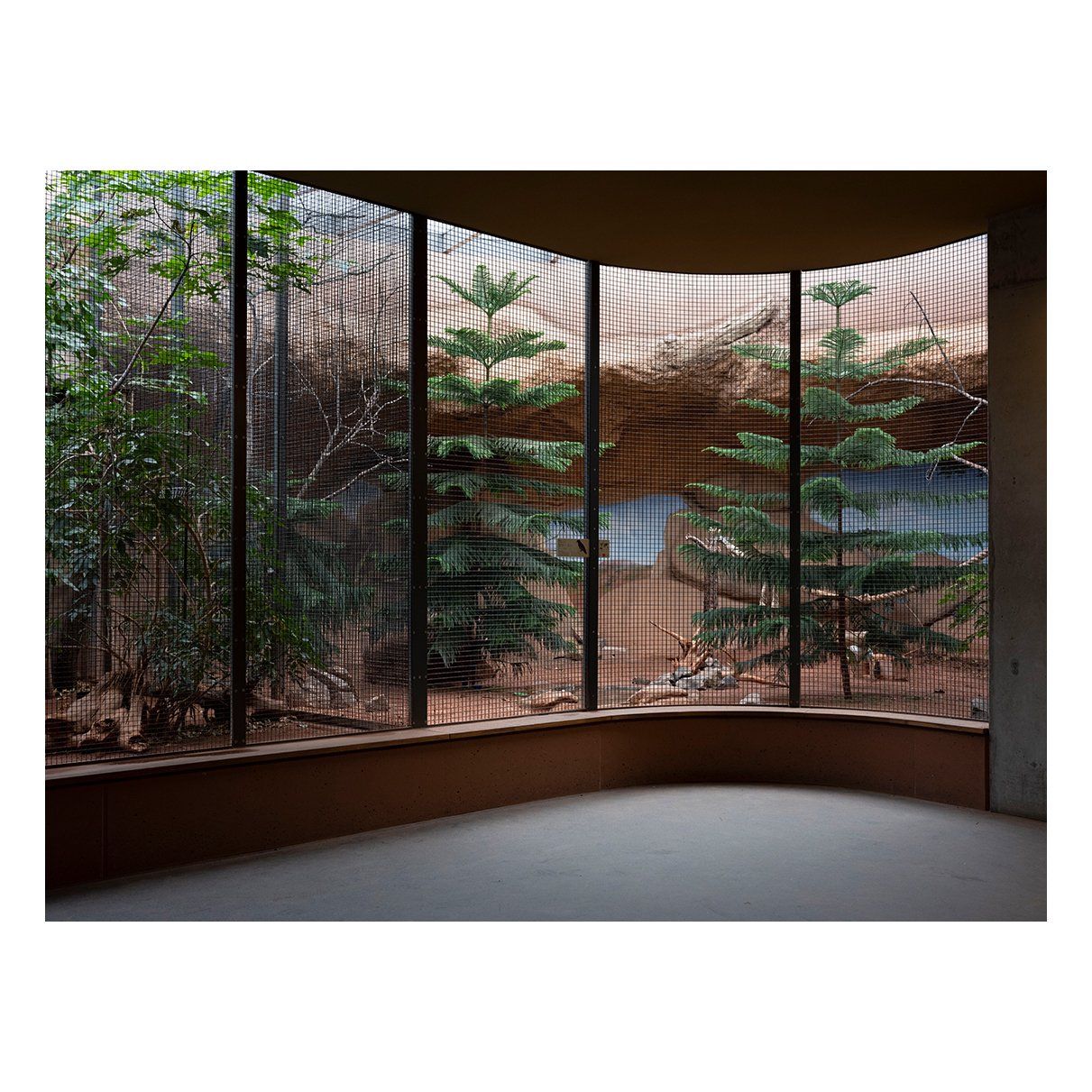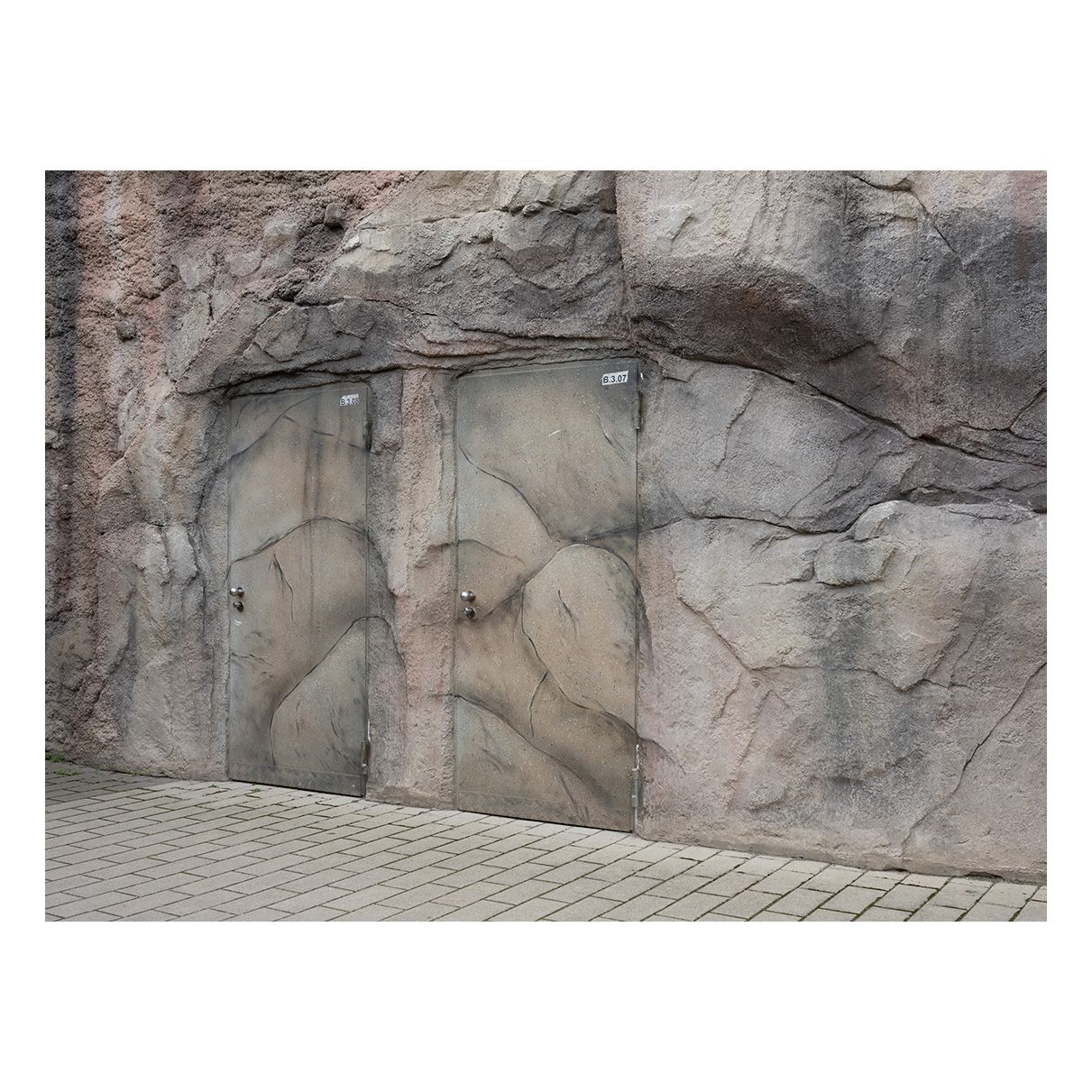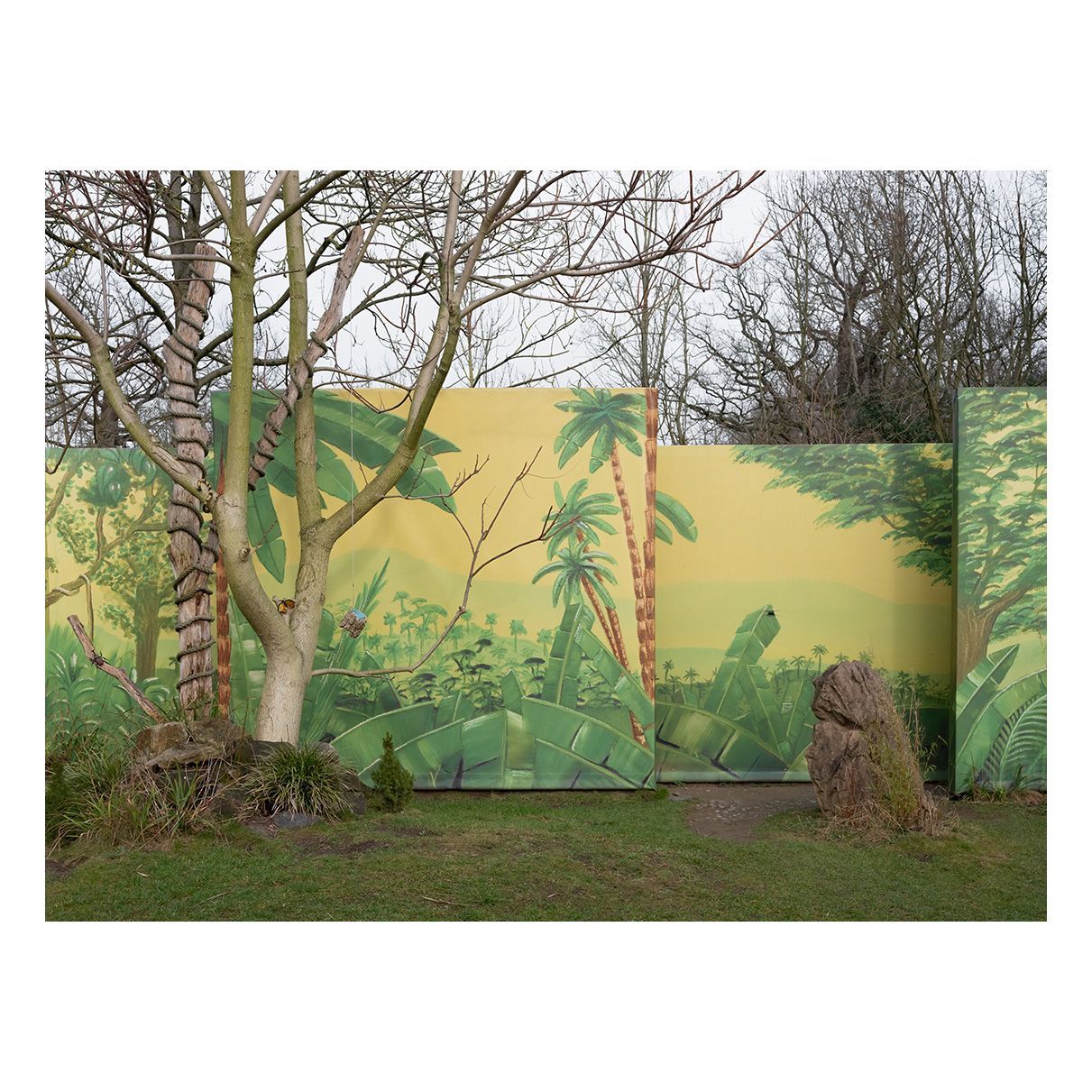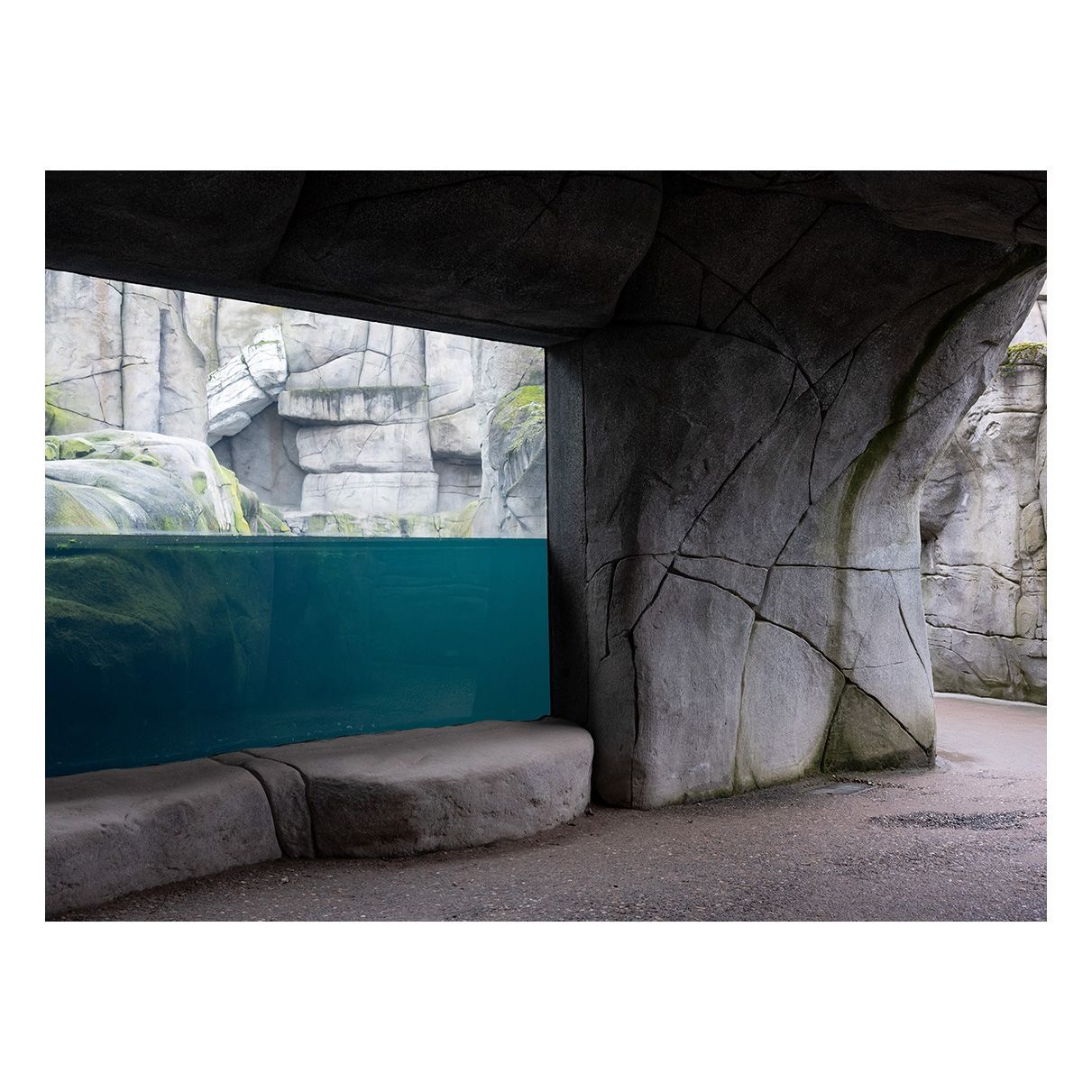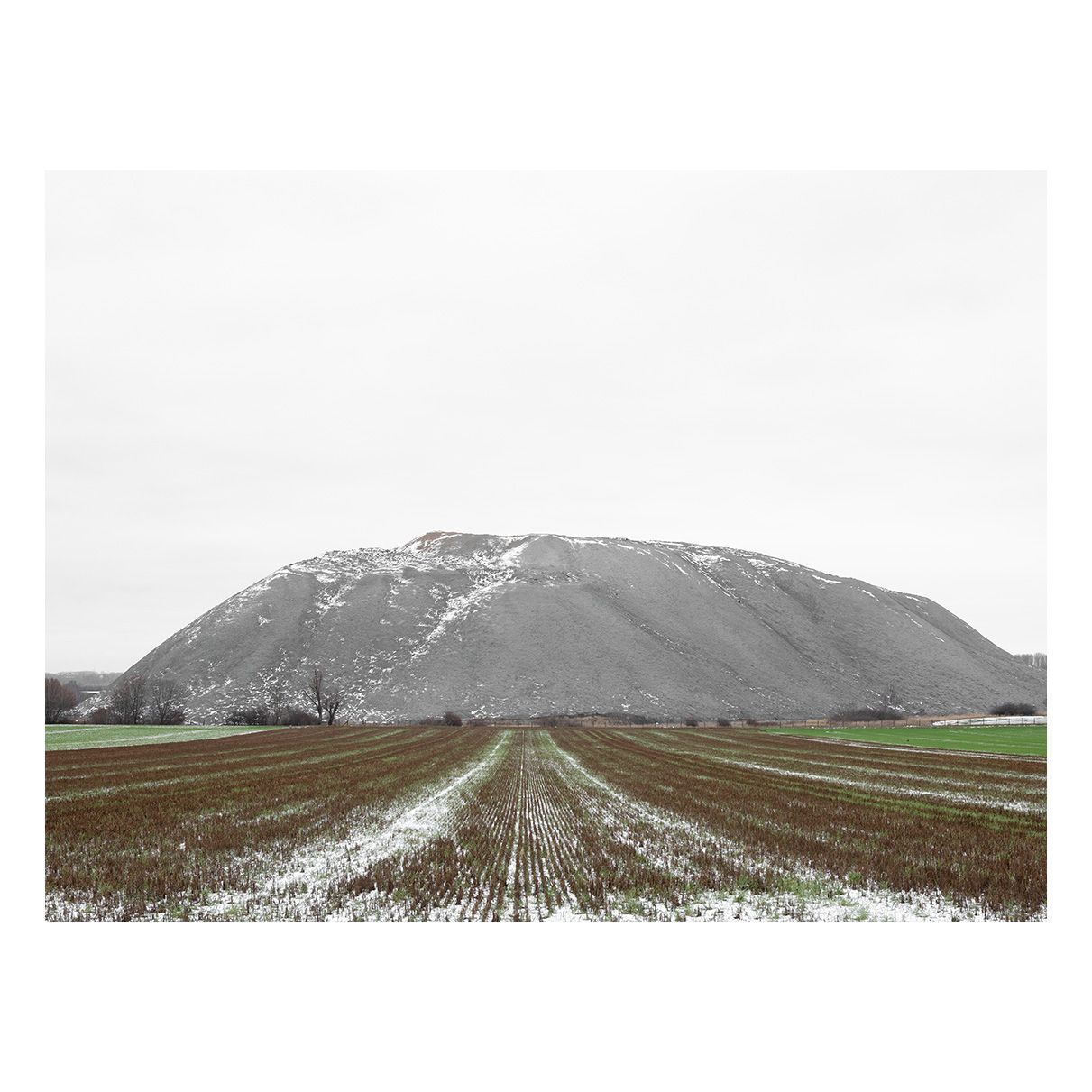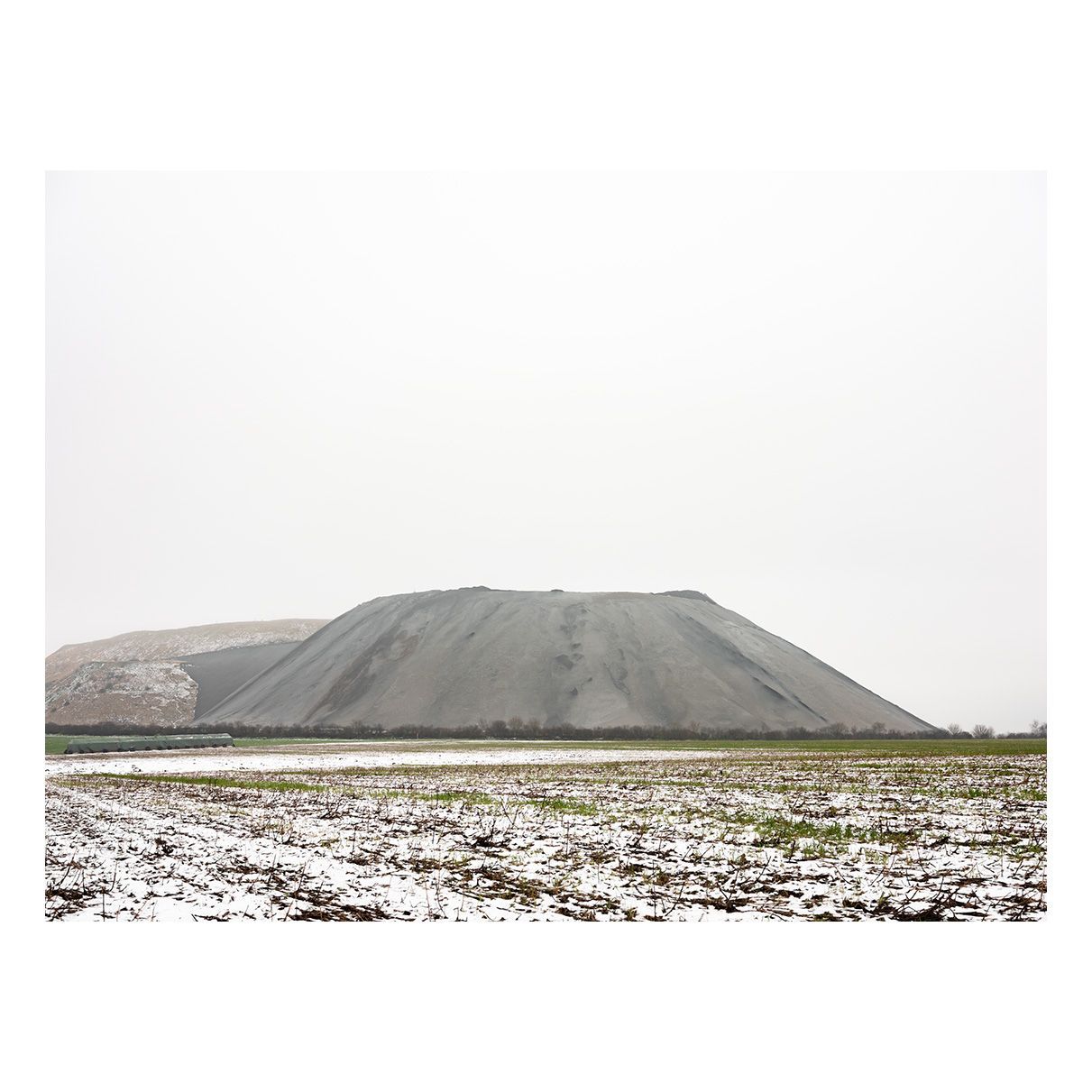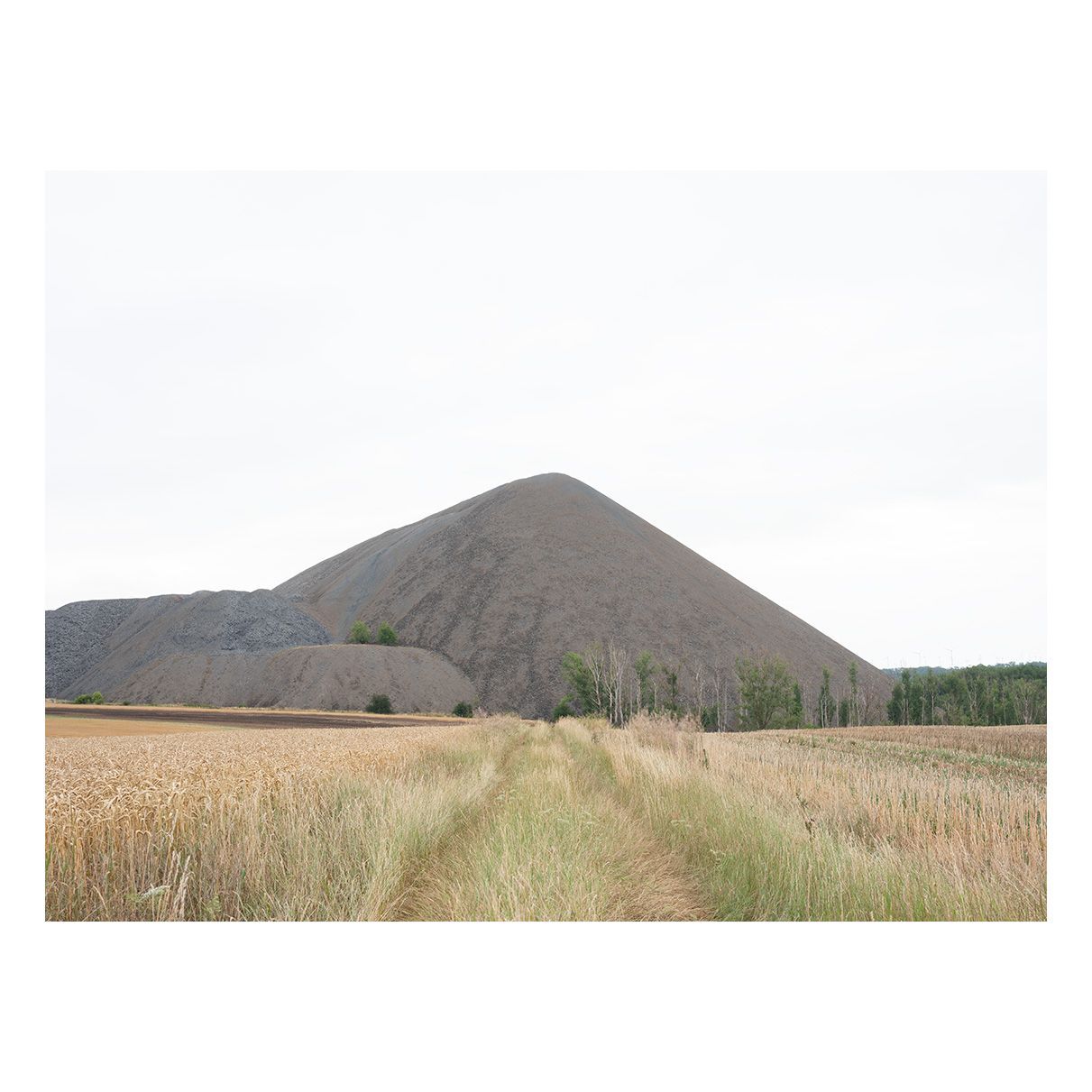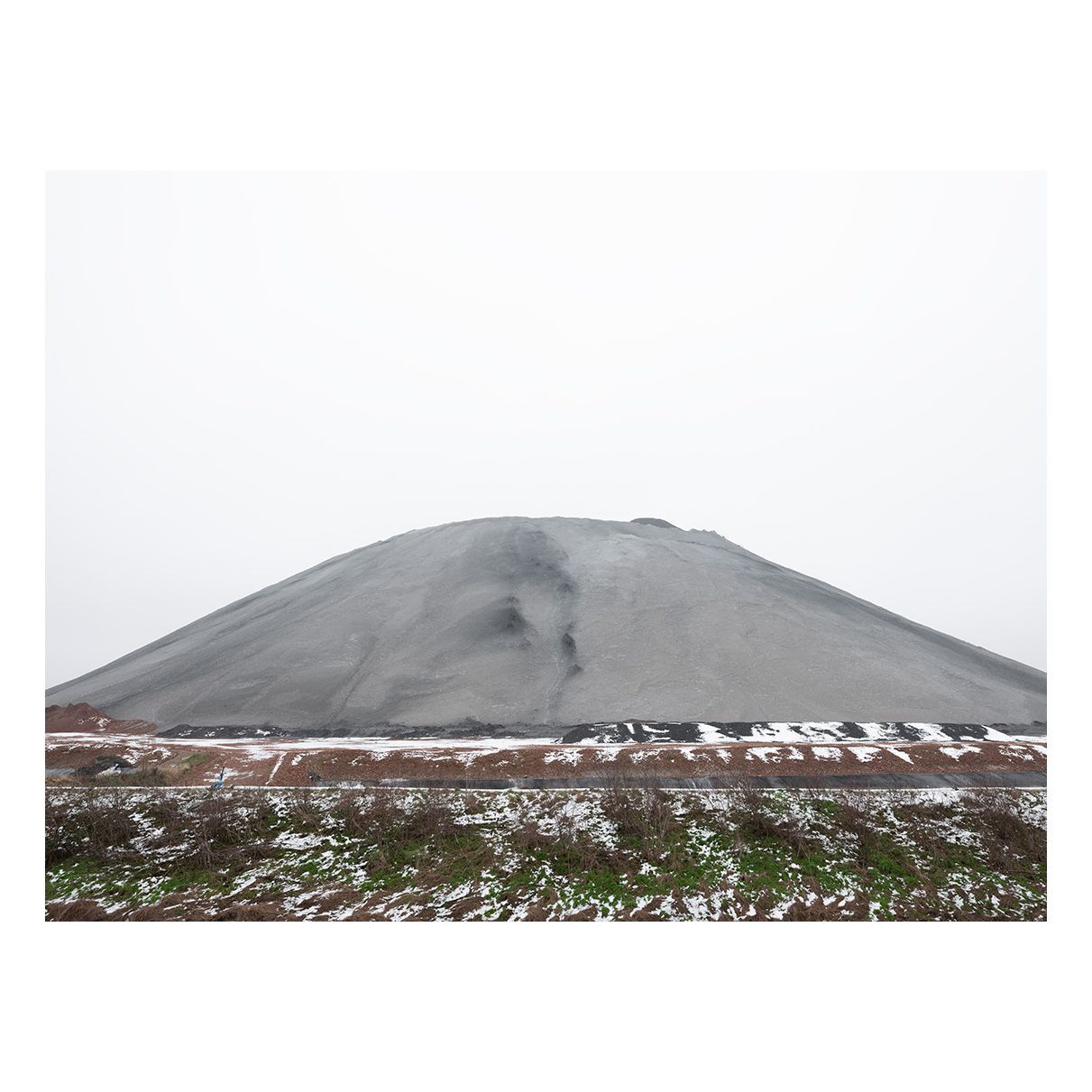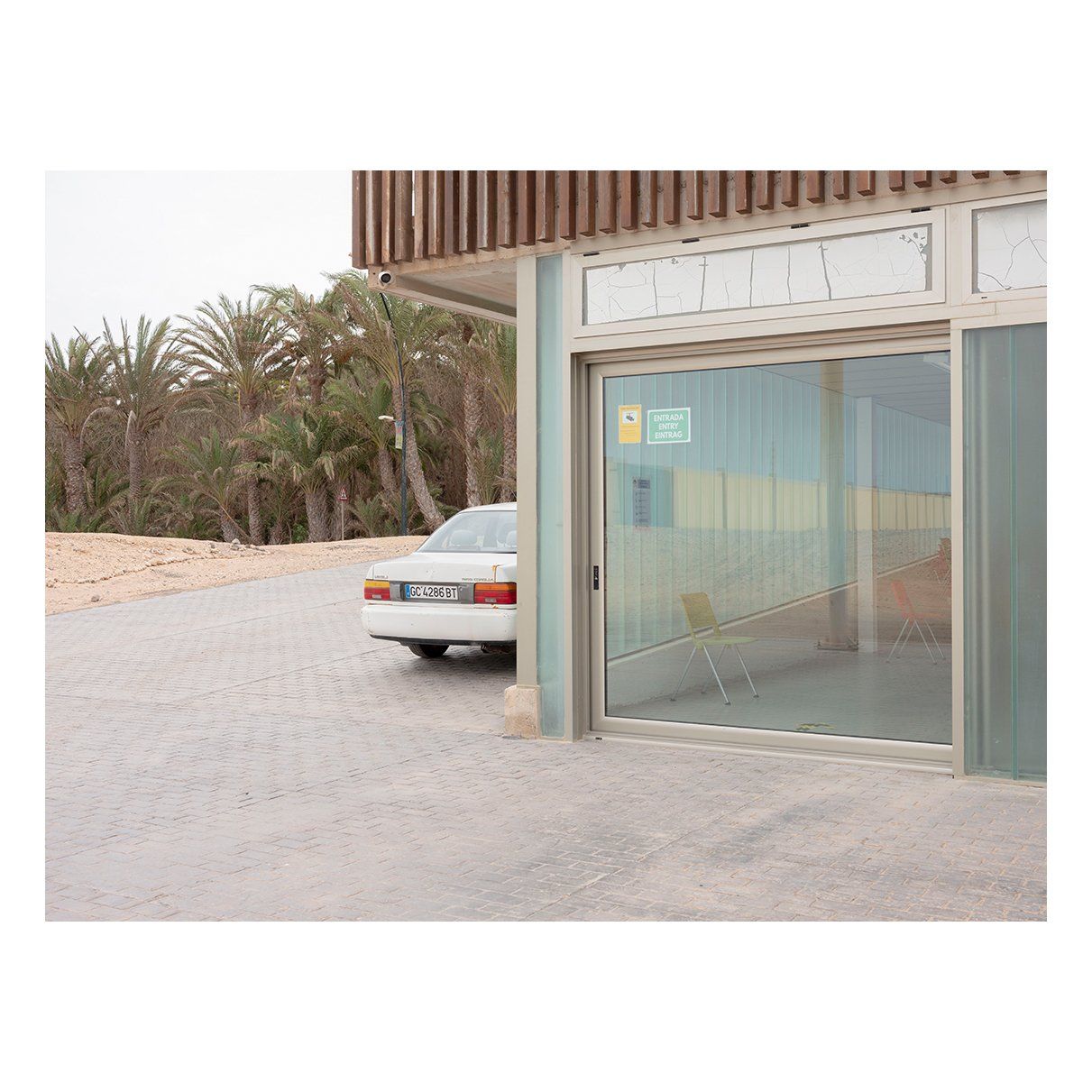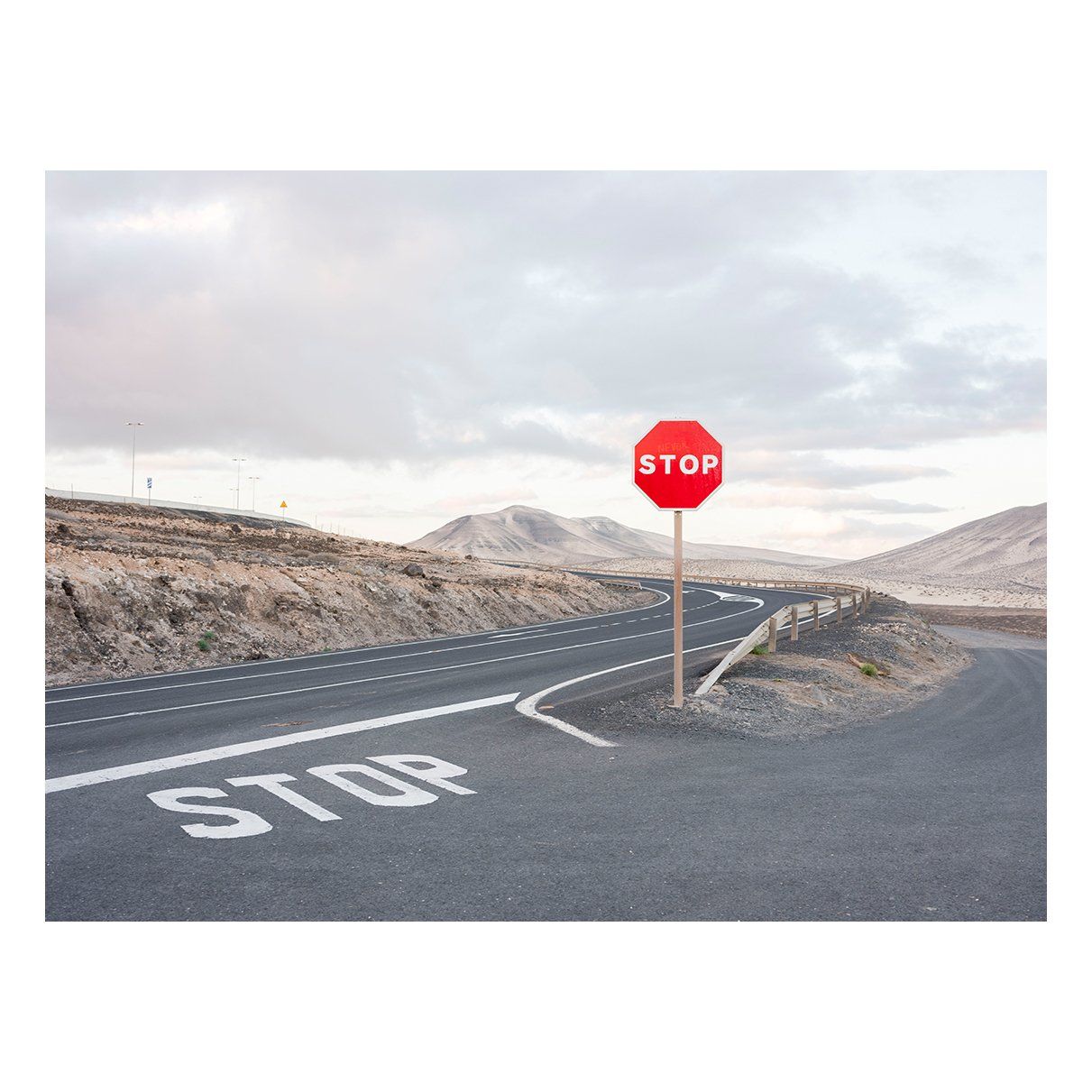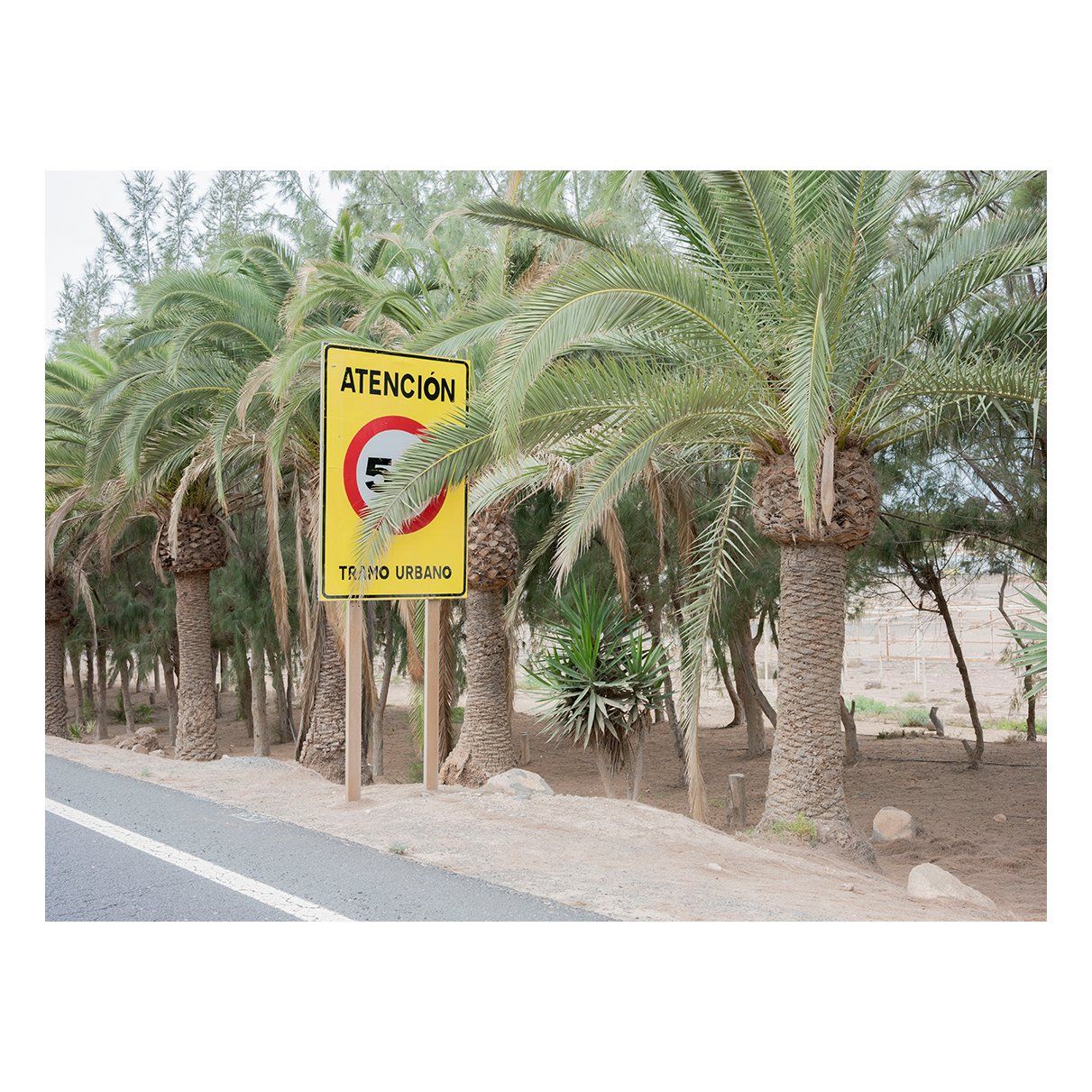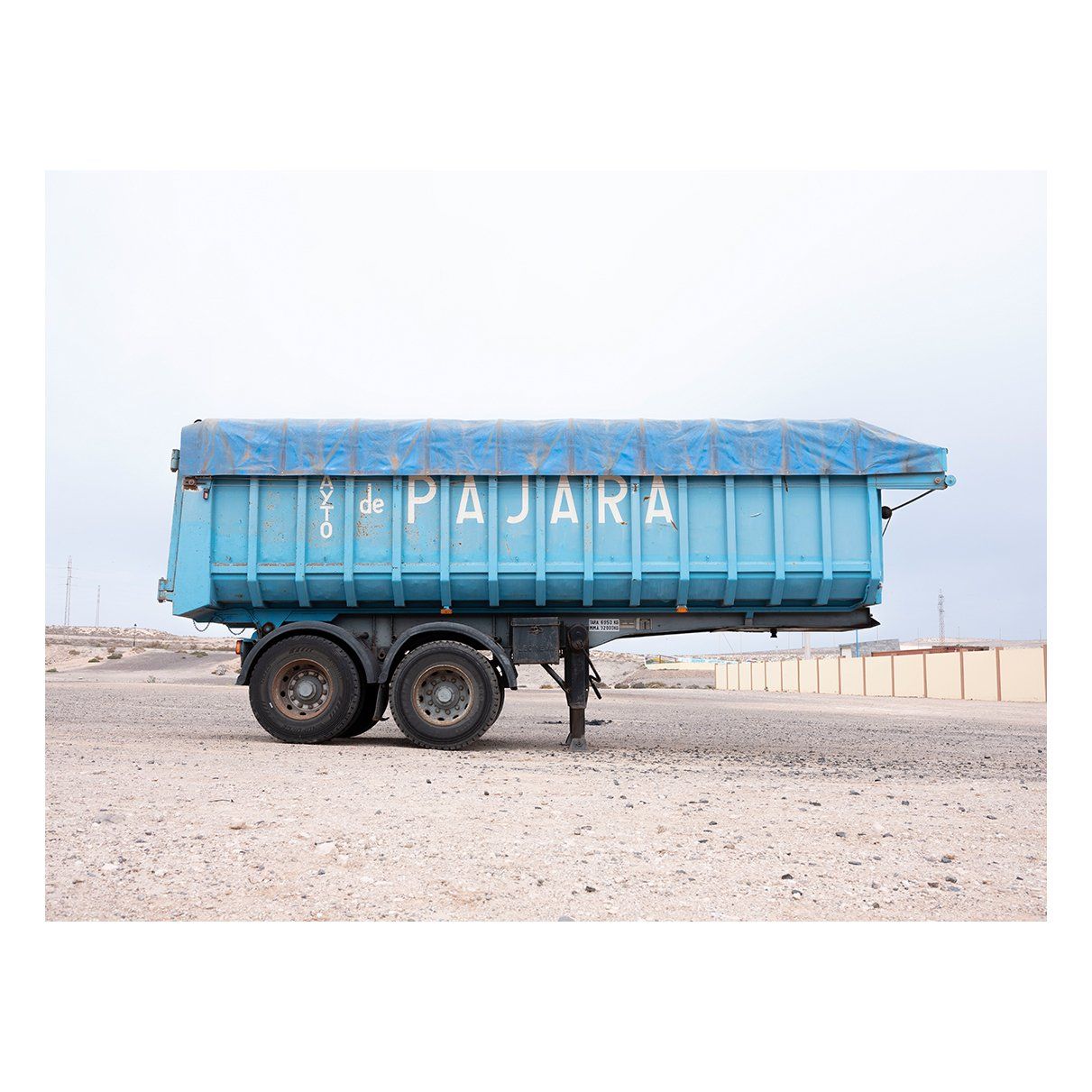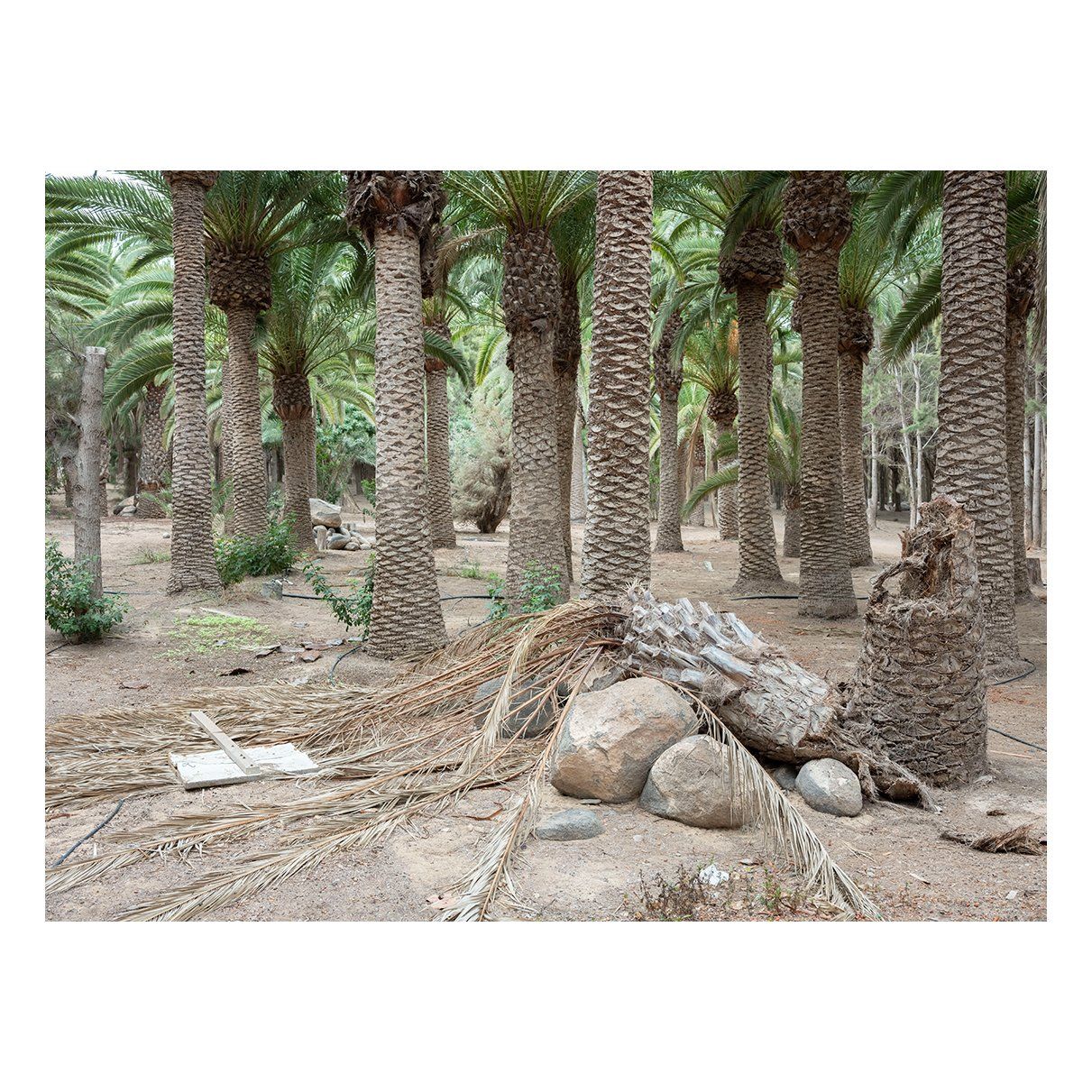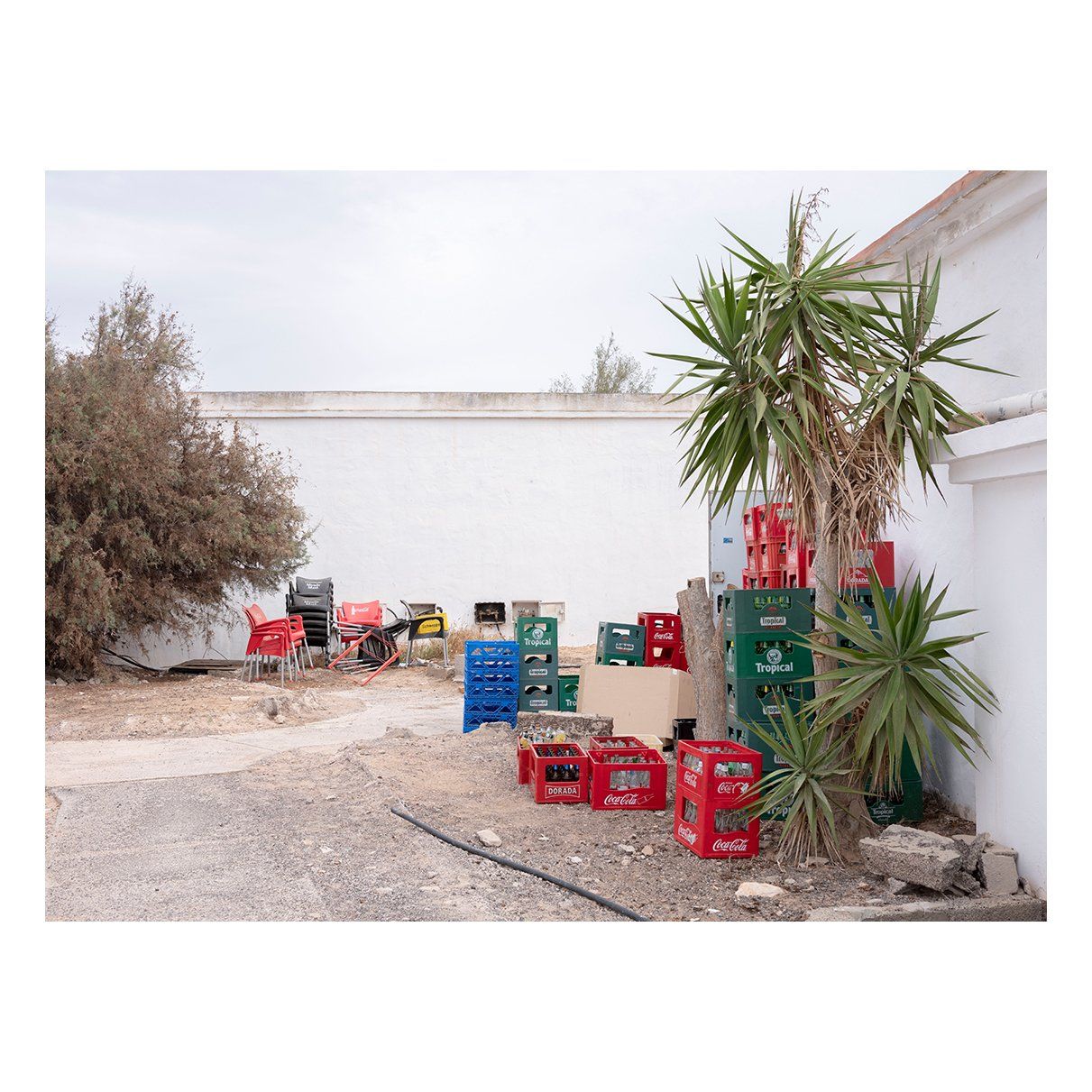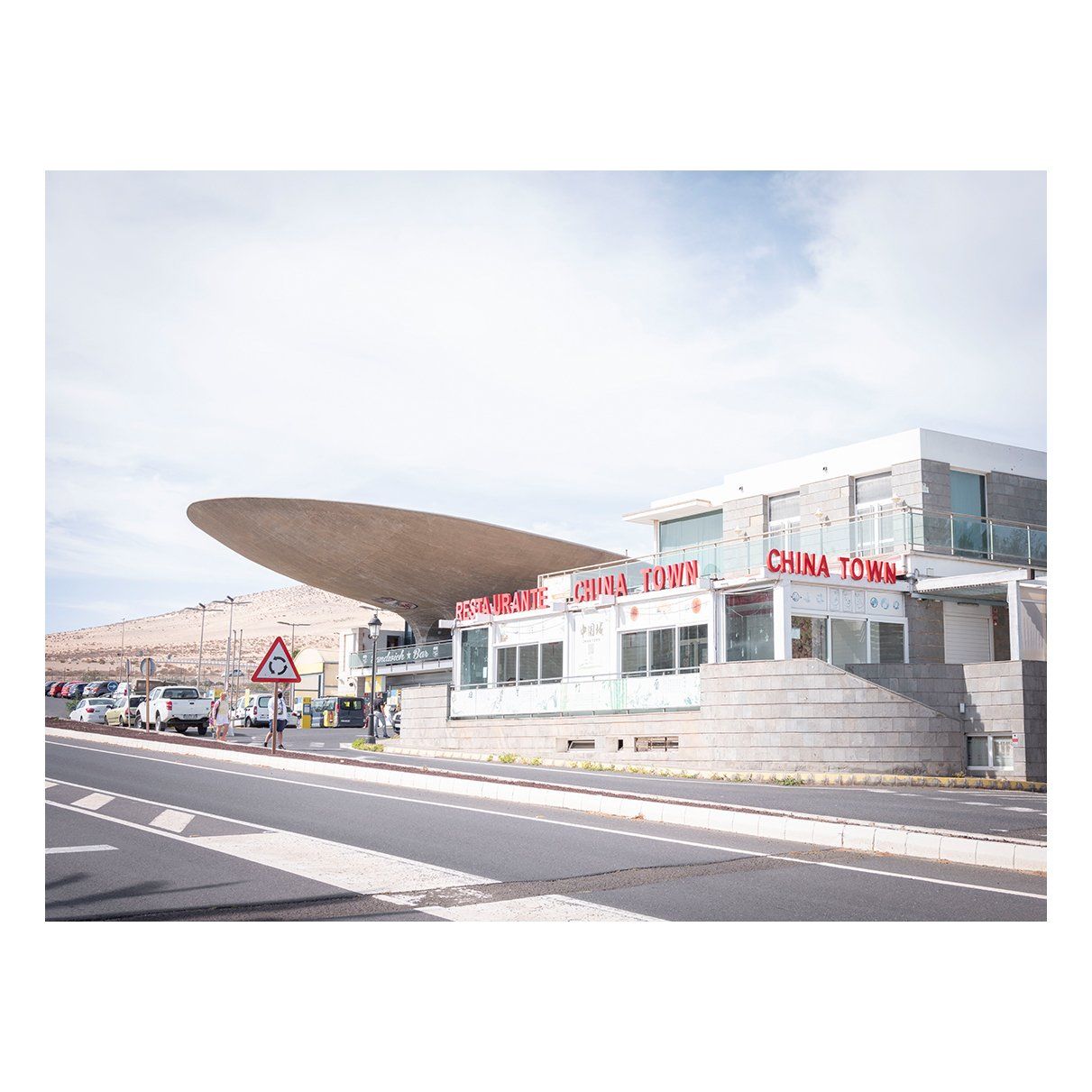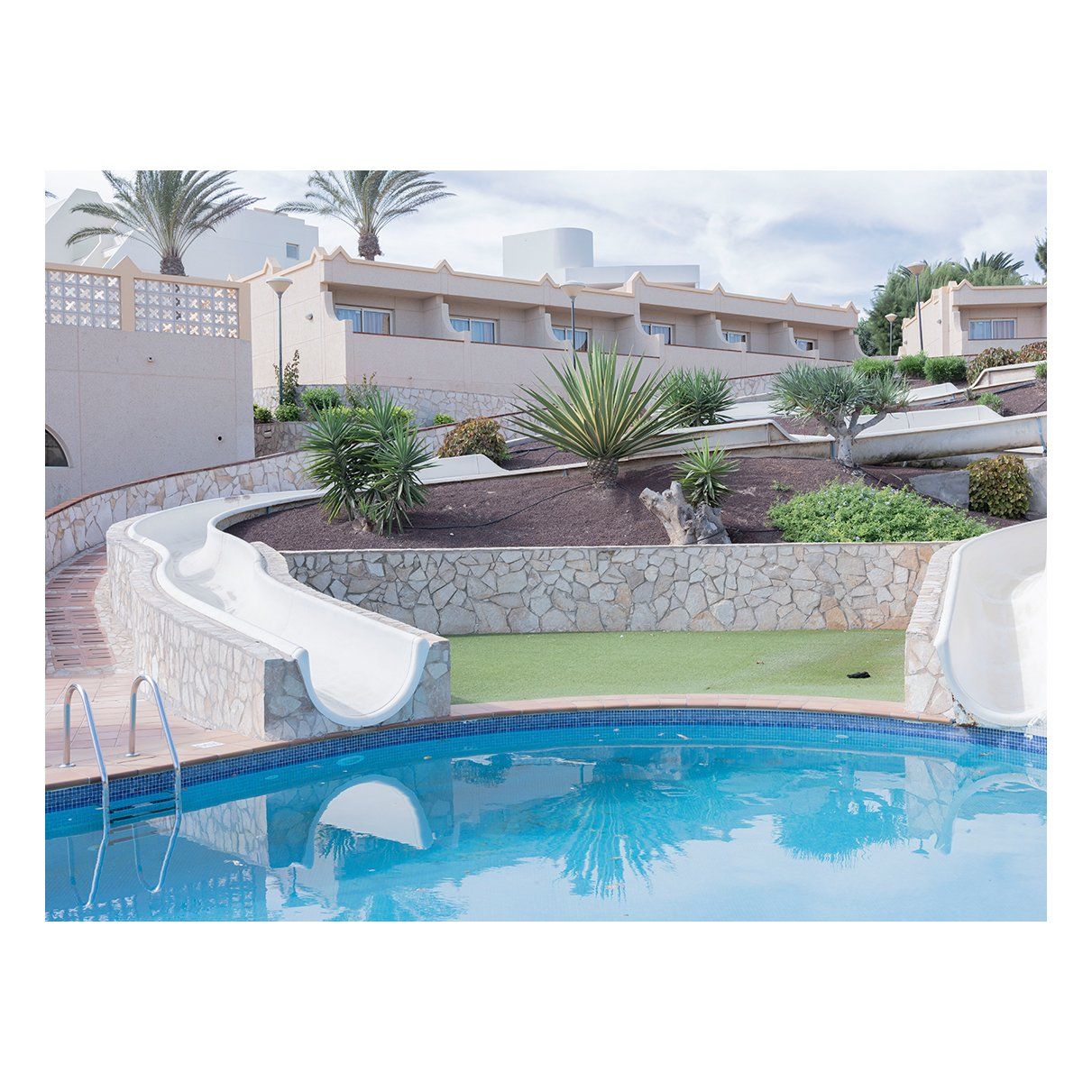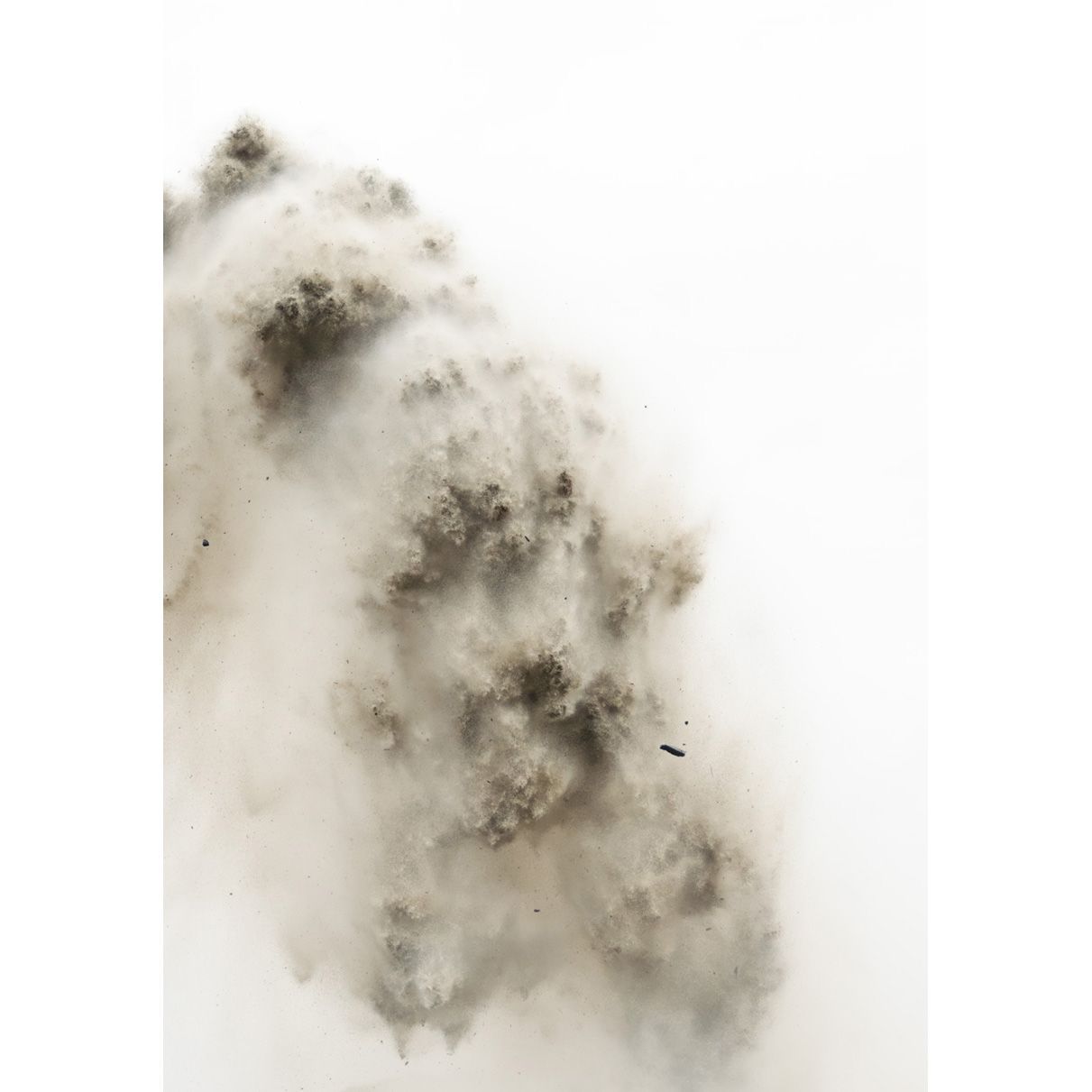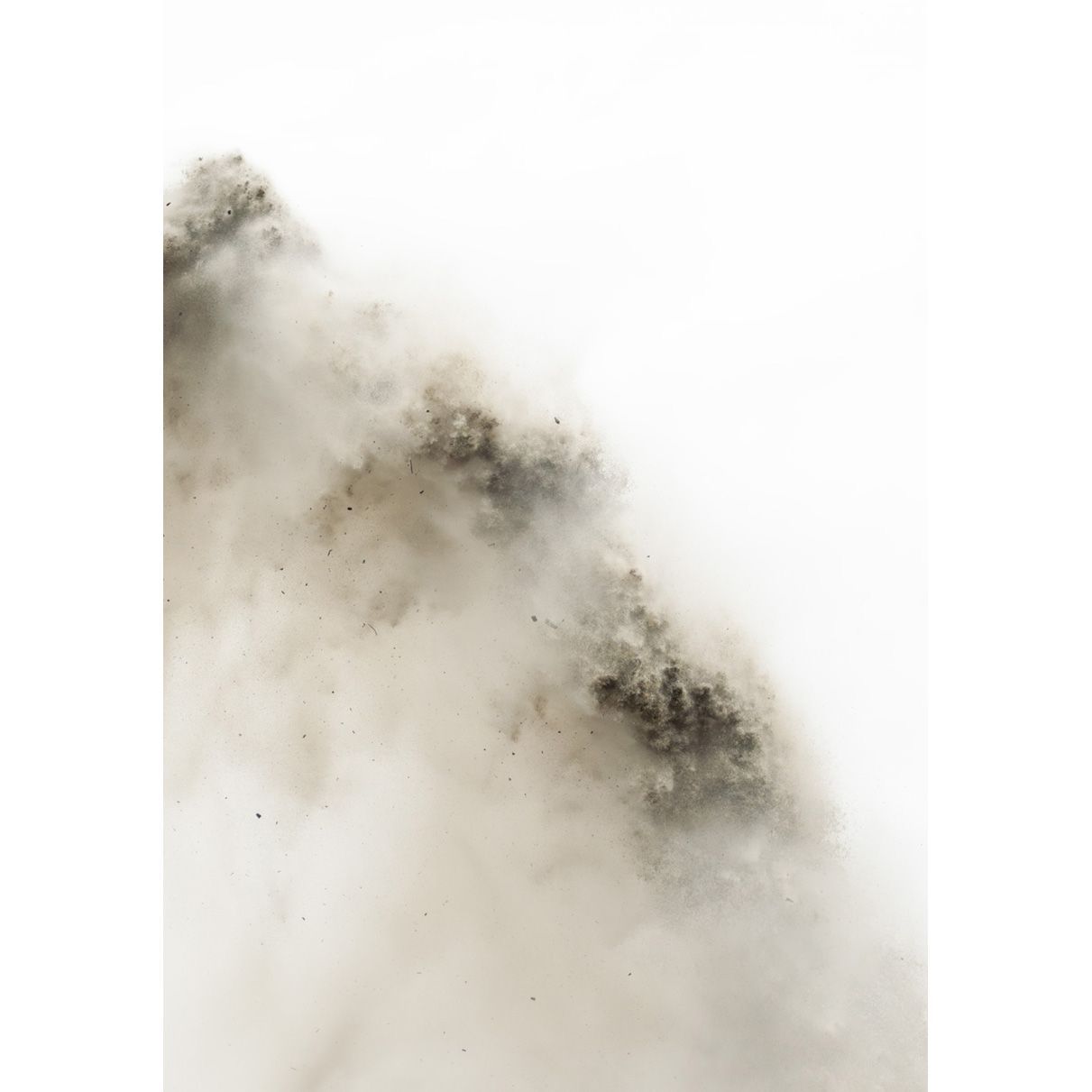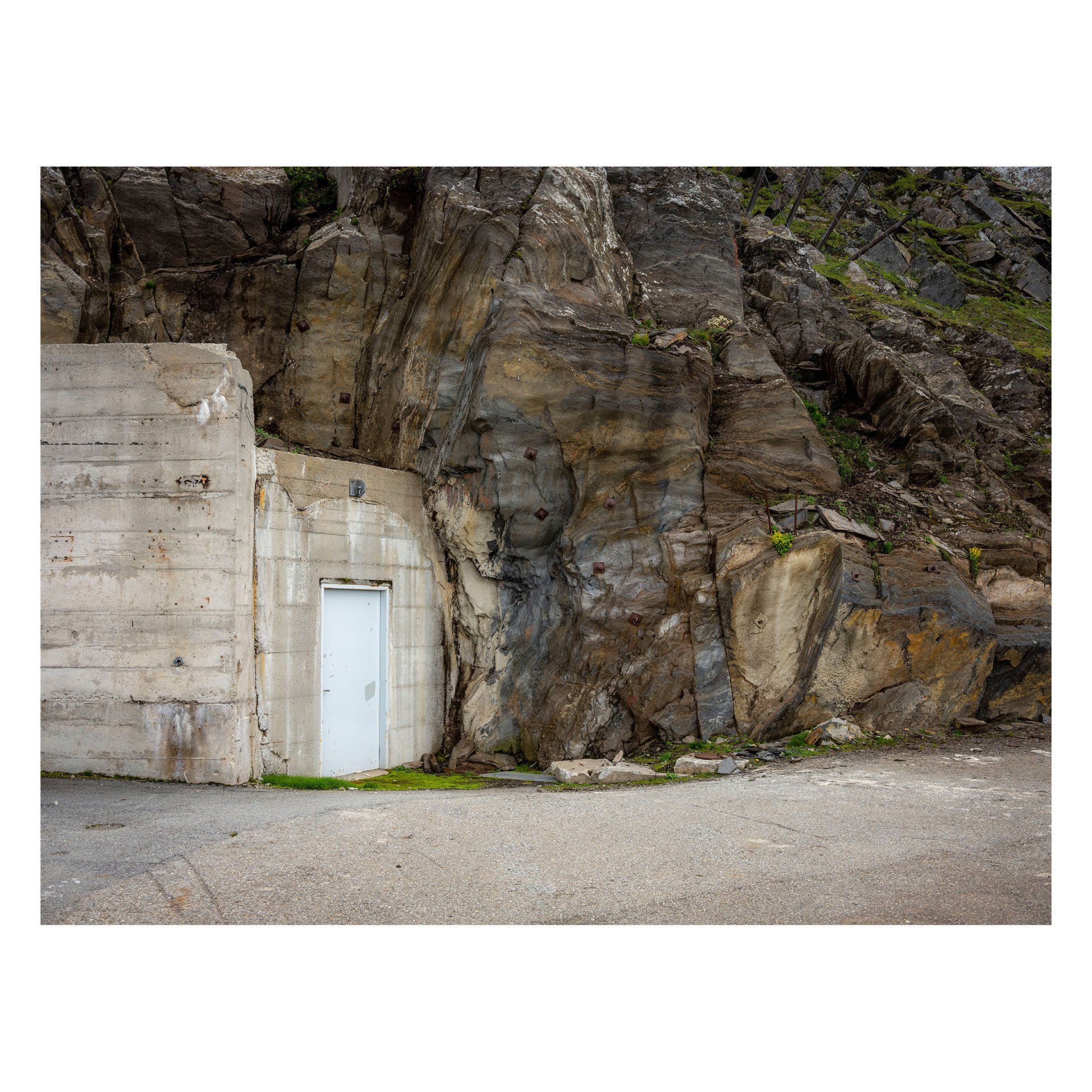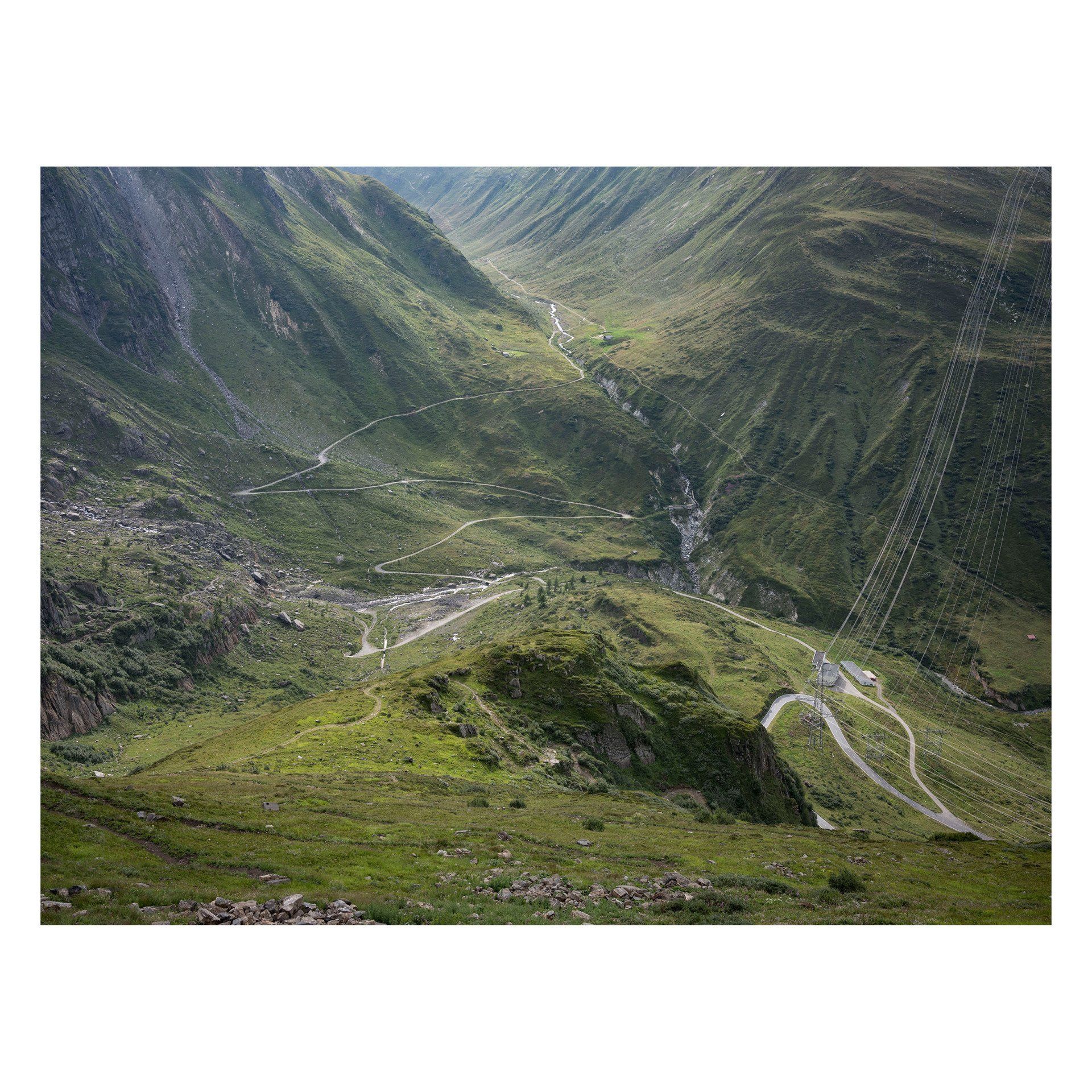work
»What fascinates me about these places is the illusion of freedom«, he says. As an academically trained geographer, he also sees boundaries where they should not be seen. Because the new cages no longer need iron bars, they are embedded in the landscape, for example through ditches, which are hidden behind small hedges and earth mounds and thus create the illusion that behind them the animals almost live like in the wild. But the disappearance of the bars from the zoos does not make the animals freer, but only the view of the visitors.
Jens Nommel’s photos are not an outraged accusation, but factual, calm and at first glance strangely empty. »I want to lower the pulse of the viewer«, he says. Only those who do not immediately recognize what can be seen in a photo begin to look consciously. Thus, one discovers that every simulation contains glitches, including the simulation of freedom in modern zoos. At second glance, one is almost amazed at how bunglingly these artificial landscapes are knocked together: Poorly camouflaged doors lie in rock walls. Tufts of grass proliferate from glaciers. And eyelets can be seen on a block of ice: Are they transport eyelets that have not been removed after assembly? Or is this where the window cleaners abseil into the polar sea?
When Nommel posted one of his photos on Instagram, the image recognition algorithm tagged it like this: »May be an image of nature«. Maybe
Oskar Piegsa
Young Mountains (2023)
This series is dedicated to the striking mining slag heaps that lie like silent witnesses to the industrial past in the flat landscape of the North German lowlands. These artificial hills, relics of mining, rise like monuments of a bygone era that once determined life and work in the region. The photographs capture the contradiction of these structures - their silent dominance and their insignificance in a nature that is slowly reclaiming them.
Without direct references to their industrial origins, the slag heaps unfold an almost archaic grace that involves the viewer in a dialogue about time, change and the traces of man in the landscape. It succeeds in extracting a new poetry from these monumental structures and turning them into symbols of the changes in landscape and society. This series is a silent portrait of a region in transition that balances between past and future - a place where history and nature merge in an impressive way.
The photographs make us pause and look at these spaces in a new way, beyond their usual function, and show the beauty and at the same time the emptiness of places created for fleeting moments of pleasure.
In interpreting the image, it could be understood as a metaphor for the modern urban or social condition - a moment of disintegration that simultaneously suggests creation and destruction. It is reminiscent of the fragmentation we experience in many aspects of our lives and society.
In the Mountains (2020)
The composition of the photographs emphasizes the contrast between the rough, natural environment and the clear, functional lines of the structures. The constructions appear isolated and almost alien in the vastness of the mountains, surrounded by rocks and meadows that embody the slow rhythm of nature. Animals such as cows grazing peacefully around the facilities remind us that despite the interventions, this landscape still offers a habitat that is now shaped by the presence of humans.
